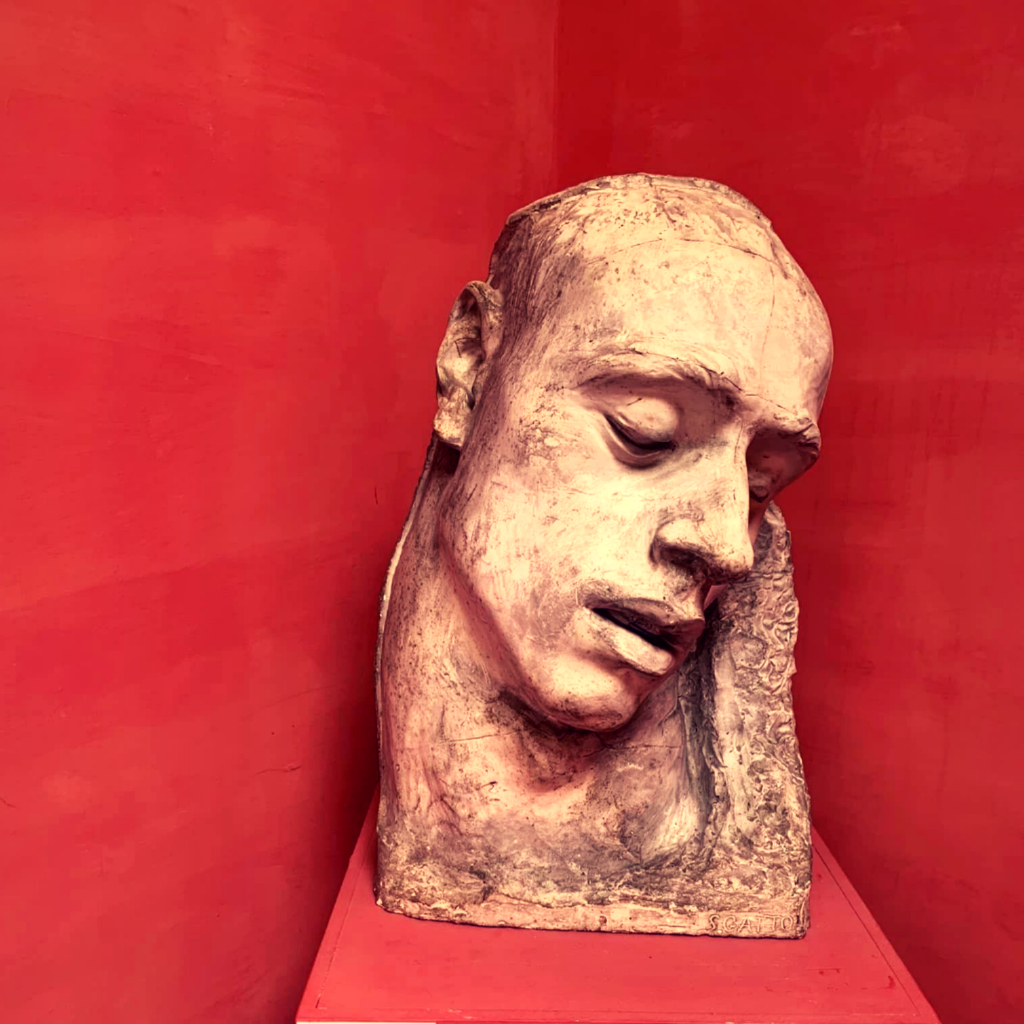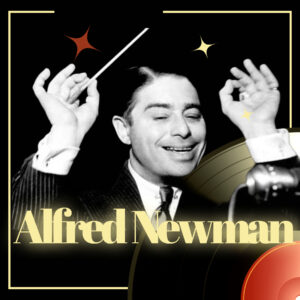
The Harold Farberman’s (1929-2018) Double Concerto for Violin and Percussion was born of affection and admiration for Guillermo Figueroa. It was composed in 2005-2006.
It is a work I wanted to create. We became close friends when Guillermo became interested in learning to conduct. A measure of his musical abilities is that while his skills as an extraordinary violinist have remained intact, he has also excelled as a conductor and is currently the music director of two first-rate orchestras.
When I first began planning a “Concerto for Guillermo” I decided that each of the three movements would be a musical portrait of the Figueroa family: Movement One-Guillermo; Movement Two-the children; Movement Three-Valerie and Guillermo. It soon became clear to me that the second movement-the children’s movement-would need more then a single voice (in fact, three movements would have been perfect), but instead I opted for one more solo voice. So Guillermo’s Concerto morphed into a “Double Concerto”. Given my background, the choice for the second solo instrument was never in doubt. The pairing of a percussionist and a violinist as concerto partners intrigued me on several levels. I was (and am) not personally aware that a violin/percussion double concerto exists, but was (and am!) very aware if the potential hazards of such a pairing. Ultimately the challenge was the decisive factor in choosing a percussionist as the soloist. Because of the nature of the work, one compositional factor should be pointed out. I chose to create all musical motives and subsidiary themes from the given names of the family members. For example the letter G becomes the pitch “G.” Beyond “A” through “G” the letter “H” becomes “A”, the letter “I” becomes “B,” the letter “J” becomes “C,” etc. Repetitions of pitches (name letters) are moved upward or downward by half steps, depending on the musical text.
Movement One: for Guillermo Both solo instruments represent the young and maturing Guillermo-sensitive, bold, energetic, and finally, contemplative of the future.
Movement Two: for the children-a scherzo Imagine three children at play-loud, spirited, sometimes spiteful. Finally a moment of respite, and parents remember…Suddenly, energy restored, chaos.
Movement Three: Valerie and Guillermo Husband/wife, family and both sides of life, anger and love. A final contemplation of a different future. The Concerto bears the following dedication: “To Guillermo and the Music in his life: Valerie, Giovanna, Sofia, Valerie.
By Harold Farberman
Harold Farberman has conducted many of the world’s leading orchestras, among them the London Symphony Orchestra, the Royal Philharmonic, the Philharmonia, the BBC Symphony, the English Chamber Orchestra, the Stockholm Philharmonic, the Danish Radio Orchestra, the Swedish Radio Orchestra, the Hessischer Rundfunk, the RAI in Rome, the Mozarteum Orchestra, the Hong Kong Philharmonic, the KBS, the Seoul Philharmonic, and the Sydney and Melbourne Symphonies in Australia.
Upon graduating from The Julliard School of Music in New York, Mr. Farberman was invited to join the Boston Symphony Orchestra as a percussionist/timpanist. At the time he was the youngest player ever to become a full-time member of the orchestra. He resigned in 1963 to devote his energy to conducting and composing. In 1966 he was appointed principal guest conductor of the Denver Symphony Orchestra, subsequently becoming the music director and conductor of the Colorado Springs Symphony from 1967 to 1970, and the Oakland Symphony Orchestra from 1971 to 1979.



